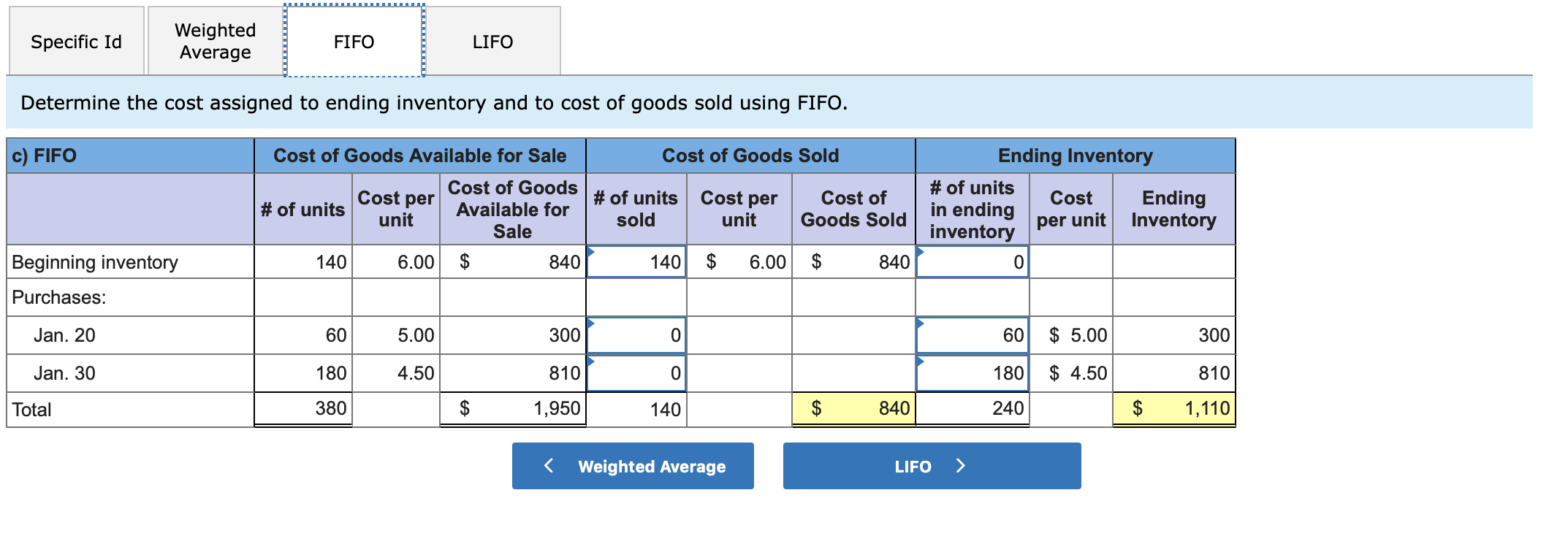
A periodic inventory system requires updating manual#
Periodic inventory tracking systems usually only suit very small business operations, this is mostly due to the physical and manual requirements involved. Industries and businesses that suit periodic inventory Usually this involves adding the balance to your beginning inventory at the start of the next financial period.Įnding inventory and COGS are also done at the end of the financial period in an periodic system for the same reasons - in between these financial start and end periods, only estimates of material usage, inventory and COGS can be generated and used for reporting and forecasting. In terms of your accounting, only information gathered during your physical counts can be used to balance your ledgers. damaged stock) so can do little about this situation when it is found at the end of the year. You’ll also be completely unaware of any unexpected stock loss (i.e. This method is relatively easy if you have a very small inventory as you only need to set aside a day or so at the end of the year to do your basic count, however can be tricky to calculate materials that are now tied up in your unsold stock and the true “landed cost” of your materials.īecause you are only counting your stock at the end of the year, you won’t have much visibility on your actual stock levels, so you’ll need to be “eyeballing” your stock regularly to determine what materials you are running low on. Your quantity on hand multiplied by your unit price becomes your material inventory valuation for the material. The number on hand is noted, along with a calculated unit price in your periodic inventory system. The periodic method involves stopping all production and sales on a specific date and then undertaking a complete count of your inventory in this “frozen moment in time”.

Most periodic systems tend to be very simple inventory spreadsheets or paper journals. For most small businesses that use this approach, this count only occurs annually to provide financial figures for tax purposes however you can also use this method quarterly or even monthly if your workflow allows. Periodic Inventory involves counting and recording your stock levels every once in a while (i.e. Let’s start with some definitions: Periodic inventory systems


The IRS and GAAP (Generally Accepted Accounting Principles) rules both state that you have the choice to either count your complete inventory on an annual basis once a year or maintain a perpetual (constantly counting) counting system.


 0 kommentar(er)
0 kommentar(er)
